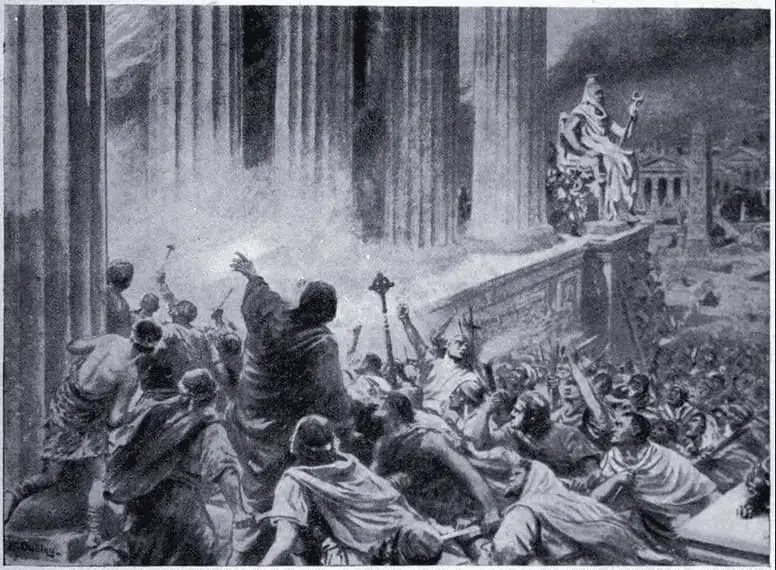History is full of events that changed the course of human civilization, for better or for worse. Some of these events were the result of deliberate choices, while others were the outcome of unforeseen circumstances. However, some of them can be considered as huge mistakes that had disastrous consequences for millions of people. Here are 10 of the biggest mistakes in history, ranked from least to most impactful.
10. Partitioning of India
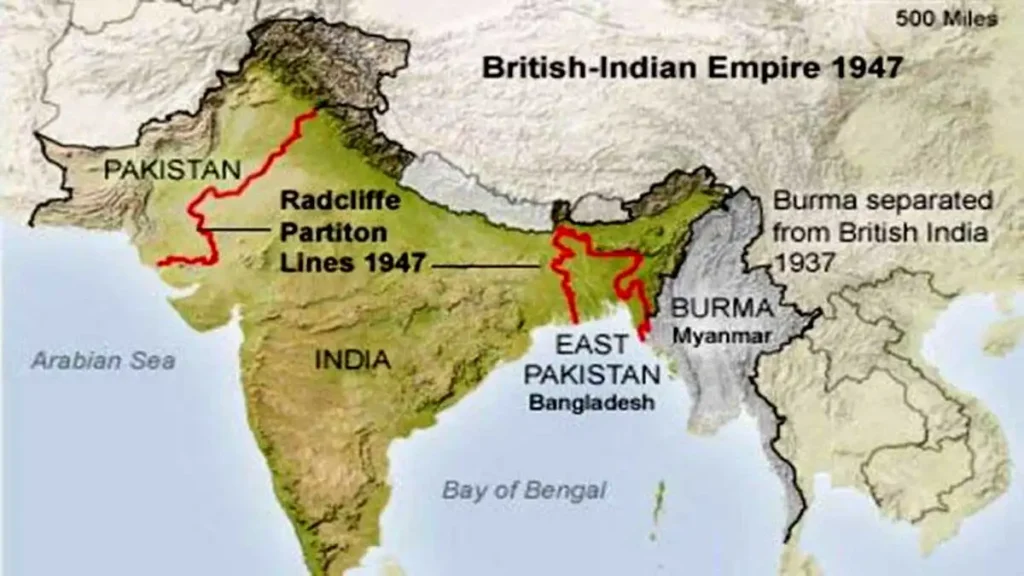
In 1947, after decades of British colonial rule, India gained its independence. However, the process of partitioning the subcontinent into two separate states, India and Pakistan, based on religious lines, was a bloody and chaotic one. Millions of people were displaced, killed, or injured in communal violence and mass migration. The partition also created a lasting conflict between the two countries over the disputed territory of Kashmir, which remains unresolved to this day.
9. The Treaty of Versailles
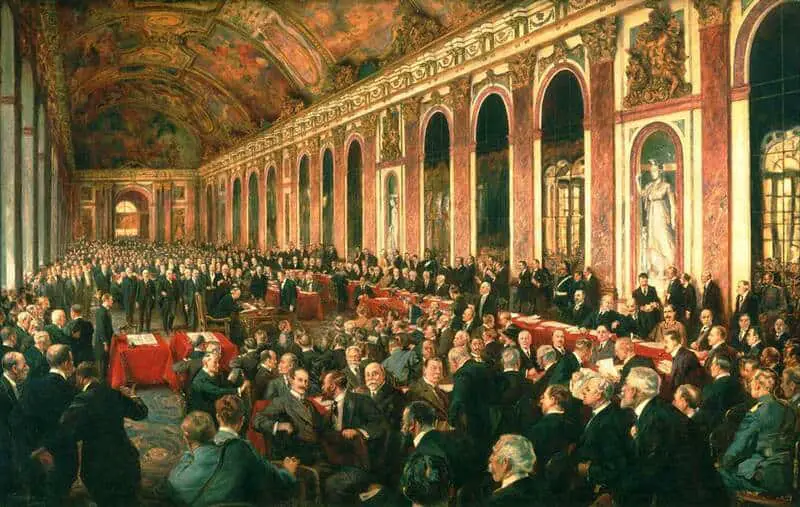
After World War I, the victorious Allies imposed harsh terms on Germany, which had to accept full responsibility for the war and pay huge reparations. The treaty also stripped Germany of its colonies and territories, reduced its army and navy, and banned it from joining any military alliances. The treaty was meant to prevent another war, but it actually fueled resentment and nationalism among the Germans, who felt humiliated and betrayed. The treaty also contributed to the economic and political instability that paved the way for the rise of Adolf Hitler and Nazi Germany, which led to World War II.
8. The Great Leap Forward

In 1958, Mao Zedong, the leader of communist China, launched a radical campaign to transform the country from an agrarian society into an industrial powerhouse. He ordered millions of peasants to join communes and produce steel in backyard furnaces, while neglecting food production. He also set unrealistic quotas and targets for agricultural output, which led to widespread falsification and exaggeration of data. The result was a massive famine that killed an estimated 15 to 45 million people between 1959 and 1962, making it the deadliest famine in history.
7. The sinking of the Titanic

In 1912, the Titanic was the largest and most luxurious passenger ship ever built. It was also considered unsinkable, due to its advanced design and safety features. However, on its maiden voyage from Southampton to New York, it struck an iceberg in the North Atlantic and sank in less than three hours. More than 1,500 people died in the disaster, mostly due to the lack of lifeboats and proper evacuation procedures. The sinking of the Titanic shocked the world and led to changes in maritime safety regulations and standards.
6. A wrong turn started WWI

In 1914, Archduke Franz Ferdinand, the heir to the Austro-Hungarian throne, visited Sarajevo, the capital of Bosnia-Herzegovina, which was annexed by Austria-Hungary in 1908. His visit sparked protests and assassination attempts by Serbian nationalists who wanted Bosnia-Herzegovina to join Serbia. On June 28, as he was leaving reception at the city hall, his driver took a wrong turn and ended up in front of a café where one of the assassins, Gavrilo Princip, was waiting. Princip shot and killed Franz Ferdinand and his wife Sophie. This triggered a chain of events that led to World War I, which involved more than 30 countries and killed more than 17 million people.
5. Throwing away a Bitcoin portfolio

In 2009, a British man named James Howells bought 7,500 bitcoins for less than $30. He stored them on a hard drive and forgot about them until 2013, when he realized that they were worth millions of dollars. However, he also realized that he had accidentally thrown away the hard drive during a spring cleaning in 2010. He searched for it in a landfill site but could not find it. As of July 2021, his lost bitcoins are worth more than $250 million.
4. Turning down JK Rowling

In 1995, JK Rowling finished writing her first novel, Harry Potter and the Philosopher’s Stone (or Sorcerer’s Stone in the US), which introduced the world to the magical adventures of a young wizard and his friends at Hogwarts School of Witchcraft and Wizardry. She sent her manuscript to several publishers but faced rejection after rejection. One publisher even advised her to get a day job because children’s books did not make money. Finally, she found an agent who secured her a deal with Bloomsbury Publishing for a modest advance of £1,500 ($2,000). The rest is history: Harry Potter became one of the most successful book series of all time,
selling more than 500 million copies worldwide and spawning a billion-dollar franchise of movies, merchandise, and theme parks.
3. The bombing of Pearl Harbor
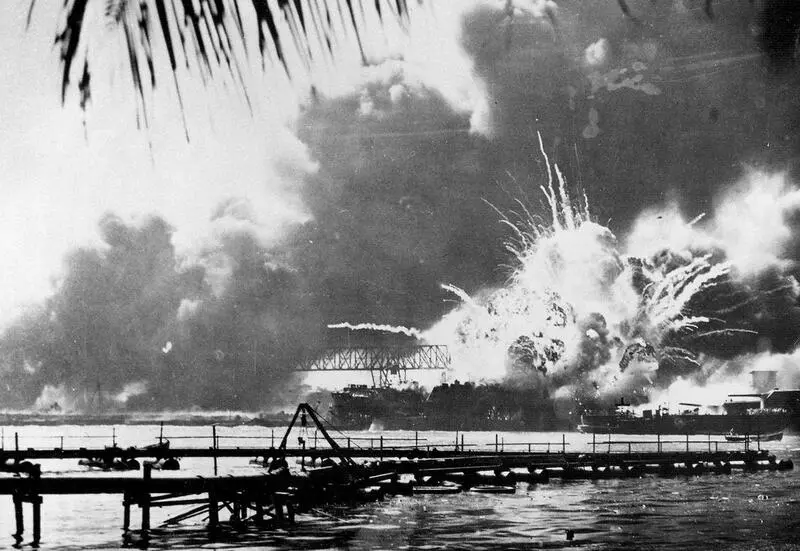
On December 7, 1941, Japan launched a surprise attack on the US naval base at Pearl Harbor, Hawaii, in an attempt to cripple the US Pacific Fleet and prevent it from interfering with Japan’s expansion in Asia. The attack killed more than 2,400 Americans and damaged or destroyed 19 ships and 188 aircraft. However, it also failed to achieve its strategic objectives: it missed the US aircraft carriers, which were at sea, and did not destroy the oil storage facilities, repair shops, and submarine base. Moreover, it provoked the US to enter World War II, which ultimately led to Japan’s defeat and occupation.
2. The Chernobyl nuclear disaster

On April 26, 1986, a reactor at the Chernobyl Nuclear Power Plant in Ukraine exploded during a safety test, releasing a cloud of radioactive material that spread over Europe and beyond. The accident was caused by a combination of human error, design flaws, and poor management. It killed 31 people directly and exposed millions more to radiation. It also contaminated vast areas of land and water, forcing hundreds of thousands of people to evacuate and relocate. The Chernobyl disaster is considered the worst nuclear accident in history, both in terms of human and environmental impact.
1. The decision to invade Russia in winter
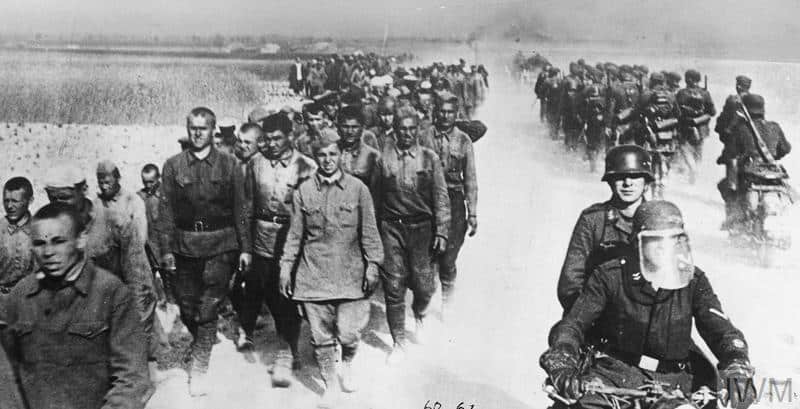
One of the most common mistakes in history is to underestimate the size and harshness of Russia, especially in winter. Two of history’s most notorious conquerors learned this lesson the hard way: Napoleon Bonaparte and Adolf Hitler. In 1812, Napoleon invaded Russia with more than 600,000 troops, hoping to force Tsar Alexander I to submit to his continental system. However, he faced fierce resistance from the Russian army and guerrillas, who used scorched-earth tactics to deprive him of supplies and shelter. He also faced the brutal Russian winter, which froze and starved his soldiers. By the time he retreated from Moscow, he had lost more than 80% of his army.
In 1941, Hitler repeated Napoleon’s mistake by launching Operation Barbarossa, the invasion of the Soviet Union. He hoped to defeat Stalin’s regime quickly and secure vital resources for his war effort. However, he underestimated the strength and resilience of the Soviet army and people, who fought back fiercely despite initial losses. He also ignored the advice of his generals and failed to prepare for the harsh winter, which slowed down his advance and inflicted heavy casualties on his troops. By 1943, he had lost the initiative and was forced into a defensive war that he could not win.
